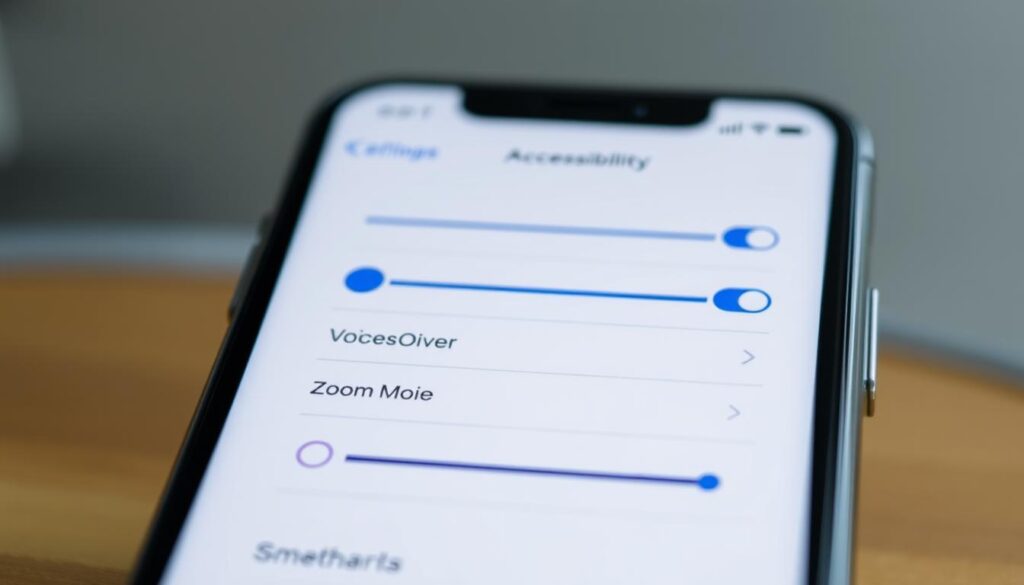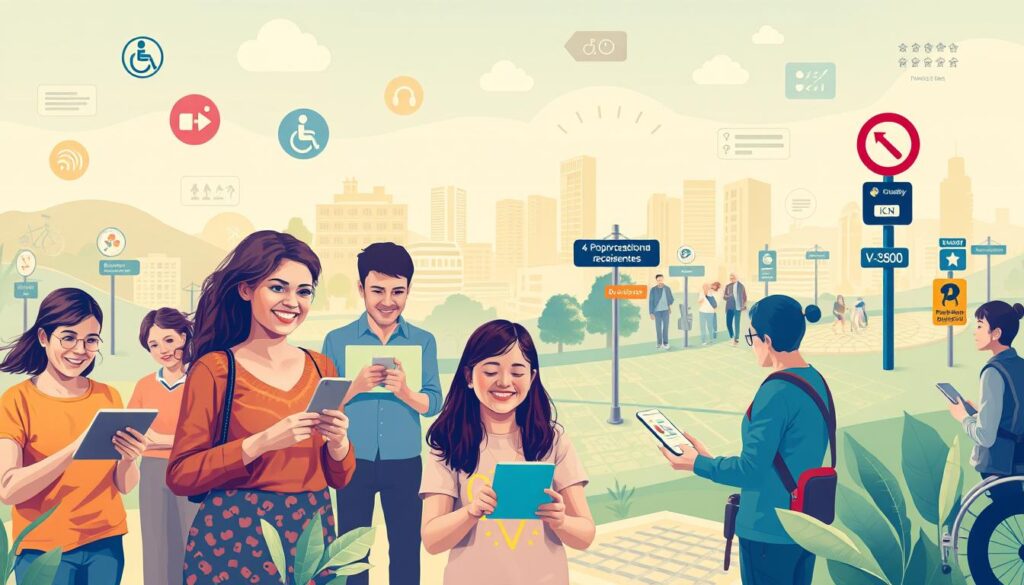- Understanding the Importance of Accessibility
- The Broader Impact of Inaccessible Transportation
- Common Barriers in Urban Bus Systems
- Lack of Physical Features
- Insufficient Information and Communication
- Attitudinal Barriers
- acessibilidade“>Must-Have Solutions for Onibus Sem Acessibilidade
- Design and Infrastructure Improvements
- Low-Floor Buses
- Ramps and Lifts
- Clear Signage
- Technological Innovations
- Mobile Applications
- Sensor Technologies
- Training and Awareness Programs
- Driver Training
- Community Involvement
- Legislative Frameworks
- Compliance with Accessibility Laws
- Funding and Investment
- The Future of Accessible Transportation
- Case Studies from Around the World
- Harnessing the Power of Collaboration
- The Role of Technology in Transforming Experiences
- Conclusion
Onibus Sem Acessibilidade: Must-Have Solutions for All
Onibus sem acessibilidade remains a pressing issue in urban transportation systems around the globe. Public transportation is designed to be a means of accessibility and freedom, but for many, it can feel like a barrier instead. Ensuring that buses are accessible is not just about compliance with laws; it’s fundamentally about creating an inclusive community for all individuals, regardless of their mobility challenges. This article delves into the reasons why accessibility is essential and explores innovative solutions that can be implemented to enhance bus accessibility for everyone.
Understanding the Importance of Accessibility
Accessibility in public transport allows individuals with disabilities, the elderly, and families with young children to travel without barriers. When buses lack accessibility features, these groups face significant challenges. Not only does this limit their mobility, but it also hampers their independence and quality of life.
The Broader Impact of Inaccessible Transportation
1. Economic Implications: When individuals cannot access job opportunities due to inaccessible transportation, it has a ripple effect on the economy. A workforce that cannot participate fully contributes to a stagnating economy.
2. Social Isolation: Inaccessible buses contribute to social isolation, which can lead to mental health issues among those who feel excluded from society.
3. Environmental Concerns: Without accessible transportation, many individuals may resort to personal vehicles, exacerbating traffic congestion and increasing carbon emissions.
Common Barriers in Urban Bus Systems
Understanding the obstacles faced by individuals using buses is vital for developing effective solutions. The following are common barriers to accessibility:
Lack of Physical Features
Many bus systems lack essential physical attributes such as:
– Low-Floor Buses: Traditional buses often have steps, making entry and exit difficult for those with reduced mobility.
– Ramps and Lifts: The absence of these features can turn a simple bus ride into a daunting challenge.
– Priority Seating: Without designated seating, passengers who need support may find it challenging, and the seats may often be taken by others.
Insufficient Information and Communication
Another critical area that often goes overlooked is the adequacy of informational resources:
– Visual & Audio Announcements: Buses that do not provide clear audio or visual information on stops can confuse or alienate passengers who have auditory or visual impairments.
– Mobile Apps: Many existing apps do not yet include features that inform users about accessible routes or live updates on accessibility.
Attitudinal Barriers
The mindset surrounding disabilities can also play a role in accessibility.
– Lack of Awareness: Drivers and passengers may not understand the needs of individuals with disabilities, leading to unintentional exclusion.
– Stigmas: Negative attitudes towards disabilities contribute to an environment that discourages inclusivity.
Must-Have Solutions for Onibus Sem Acessibilidade
To address the issue of “onibus sem acessibilidade,” we can consider a multi-faceted approach that caters to the needs of all citizens.
Design and Infrastructure Improvements
Low-Floor Buses
Investing in low-floor buses can dramatically improve accessibility, making it easier for individuals with mobility challenges to board and alight.
Ramps and Lifts
Ensuring that all buses are equipped with ramps or lifts can facilitate an inclusive environment. Regular maintenance checks are crucial to ensure these features are always operational.
Clear Signage
Well-placed, easy-to-read signage can provide visual cues for individuals with visual impairments. This includes information about accessible routes and features.
Technological Innovations
Mobile Applications
One of the most effective ways to bridge gaps in accessibility is through technology. Developing mobile applications that offer:
– Live Updates: Information about the accessibility status of buses in real time.
– Route Planning: Visual and audio features designed specifically for individuals with disabilities to plan their journeys.
Sensor Technologies
Incorporating sensor technologies can enhance user experience:
– Automatic Door Sensors: Ensure doors open in a timely manner, making it easier for individuals needing extra time to board.
– Smart Alerts: Using IoT-enabled solutions to notify drivers when a person with reduced mobility is approaching the bus stop.
Training and Awareness Programs
Driver Training
A crucial element that often gets overlooked is the training of public transport staff. Ensuring that bus drivers and staff are trained to interact positively with passengers with disabilities can enhance the experience of all passengers.
– Customer Service Skills: Drivers should be equipped with skills to assist passengers in need, including understanding appropriate language and etiquette.
– Disability Awareness Workshops: Conducting regular workshops on disability awareness can promote a culture of inclusivity.
Community Involvement
Community feedback is essential in creating accessible transport solutions.
– Surveys and Focus Groups: Involve individuals with disabilities in conversations about what they need from transportation services.
– Public Forums: Hold forums to discuss ongoing access issues and potential improvements.
Legislative Frameworks
Government policies play a pivotal role in ensuring that public transport systems meet accessibility standards.
Compliance with Accessibility Laws
Countries worldwide have established laws to enhance public transport for people with disabilities. Regulatory frameworks need to be strictly enforced and updated to reflect best practices in accessibility.
Funding and Investment
Improving accessibility often requires significant investment. Governments should prioritize funds to support the purchase of accessible vehicles and the installation of necessary infrastructure.
– Public-Private Partnerships: Collaborate with private sectors to enhance funding sources for developing accessible features.
The Future of Accessible Transportation
Imagining a future where “onibus sem acessibilidade” is a problem of the past is not far-fetched. The evolution of urban transport systems, combined with the commitment of community stakeholders, can pave the way for a more inclusive future.
Case Studies from Around the World
To visualize the possibilities, let’s look at cities that have made strides in creating accessible bus systems:
1. Berlin, Germany: This city has integrated low-floor buses throughout its fleet and uses digital applications to inform passengers about accessibility features.
2. Toronto, Canada: Toronto has invested heavily in combining technology with physical infrastructure improvements, offering real-time updates through its mobile app.
3. Singapore: The country prioritizes accessibility, ensuring all bus stops are equipped with the necessary ramps and signage.
Harnessing the Power of Collaboration
Collaboration between governments, transportation agencies, and community organizations is essential as cities strive to create better, more inclusive systems.
– NGOs and Advocacy Groups: These organizations can help lobby for change and assist in educating the public and transport operators about the need for accessible forms of transport.
The Role of Technology in Transforming Experiences
As technology improves, so too can transportation services. The rise of app-based transport services can complement traditional public transport systems to provide more options for individuals with mobility challenges.
– Autonomous Vehicles: As an emerging technology, autonomous buses could be designed with built-in accessibility features, revolutionizing the way we think about transport.
Conclusion
Onibus sem acessibilidade remains a significant challenge, but it is an entirely surmountable one when we commit to inclusivity and innovation. Through thoughtful design, technological advancements, community engagement, and government support, we can create an environment where all individuals can travel freely and fully participate in society. Accessibility is not merely a feature; it (Incomplete: max_output_tokens)


